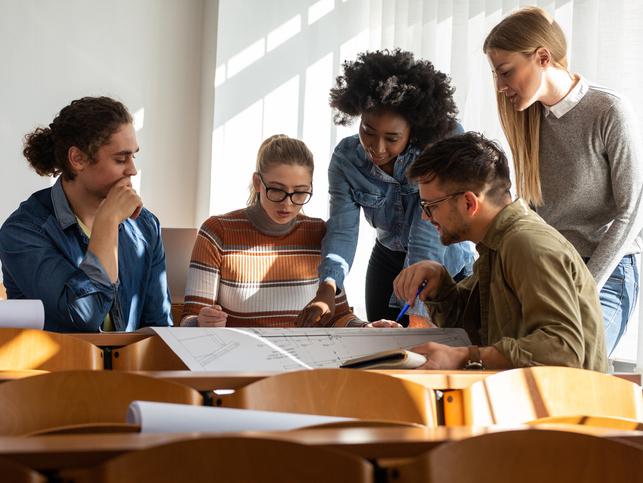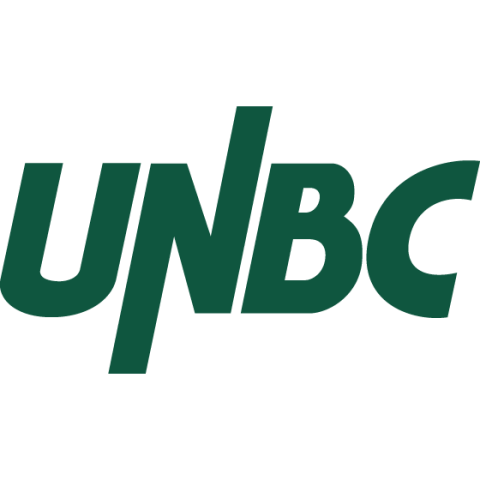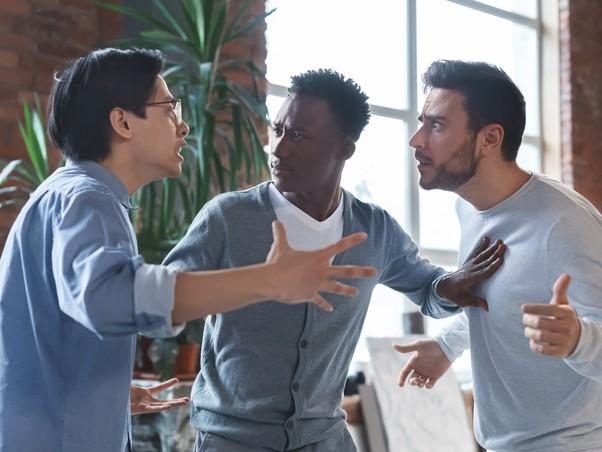
Moving from individual contributions to team achievements in group projects
Some students thrive in the collaborative environment of group work; others grapple with disparities in contributions and conflicting goals. A 2003 survey by Jane Burdett from the University of South Australia revealed that 36 per cent of students in a final-year business course did not enjoy group work, citing uneven workload and contributions as major concerns. Moreover, Alistair Mutch, of Nottingham Trent University, had earlier indicated that the dynamics and tensions within academic group settings mirror those in professional teamwork scenarios. These observations suggest a pressing need for educational strategies that better equip students for collaboration in their future workplace.
We have identified several points where group work could be improved: clearer learning outcomes, better communication, and a focus on individual responsibility and active engagement.
Be clear about the goal of group projects
A lack of clarity regarding learning objectives for group projects can be a key factor in exacerbating group tensions, according to Mutch. For example, suppose one of the learning outcomes was to prepare students for team-based projects in the workforce. In that case, we as educators would need to articulate this and design the project to support that outcome. Instead, many instructors simply infer that team-based outcomes arise from these group interactions.
Give students individual tasks and responsibilities
Donald R. Bacon of the University of Denver demonstrated that group projects in business schools might need to be revised to fulfil their educational goals. His 2005 study revealed that students who completed projects individually learned more of the project-related content than those who worked in groups, suggesting a gap between group goals and individual accountability. Bacon’s research underscores the need to rethink the design and implementation of group projects within educational settings. Aligning more closely with principles of collaborative learning will ensure both group engagement and individual responsibility.
Communicate the aims of group work with your students
If we aim to embed learning outcomes that move students from independent contributions to group projects to more collaborative and team-based contributions, we must clearly identify the outcome(s) and communicate how the learners will acquire those skills. We know that effective workplace teams develop over time. B. W. Tuckman’s 1965 stages of group development – forming, storming, norming and performing – provide a theoretical framework for understanding team dynamics. The ability to communicate and coordinate the group project sub-tasks increases as group members move through these stages. However, the constrained timelines of academic schedules, where group projects are often initiated a few weeks into or midway through a semester, limit the natural progression through these stages and make it harder for groups to develop teamwork skills within a semester.
A strategy to give students the skills to work together
To address these challenges, we use pre-project group development tasks in psychology courses to accelerate the “forming and storming” phases of group development and achieve more effective collaborative and cohesive outcomes. Before initiating the group project, we require the learners to engage in self-reflection and share the outcomes with their group. These activities are recorded and submitted as part of the project. Also, during the initial stages of the project, students use their analysis of group strengths to assign roles and tasks for working together as a team on the group project.
- Using the ‘36 questions to fall in love’ to revolutionise group work
- We are not alone: using participatory group activities to engage students in sustainability
- Four strategies that rethink whole-group discussions
We have employed this framework for group projects across second-year and fourth-year psychology classes, as well as in subject areas such as psychology of leadership and psycholinguistics. First, students complete a simple self-evaluation of their task versus relational leadership behavioural preferences (adapted from Peter G. Northouse’s 2009 Leadership: Theory and Practice). We use this questionnaire to help the group project members to recognise their general inclinations towards either task achievement or fostering people-related connections.
Following a session where they share, discuss and document each other’s leadership strengths, group members collaborate to identify the stages and responsibilities required to achieve the project outcome. For instance, should the team decide to create a podcast exploring whether other primates use language or communication, they may identify essential steps such as content research, production research (for example, how to create an engaging podcast), drafting, rehearsal, in-class delivery and report write-up. After identifying roles and sub-tasks, the group indicates who is responsible for which task and why they are best suited to it. This process fosters a transparent distribution of responsibilities and provides a mechanism for individual and team accountabilities.
A systematic approach to reflection and sharing expedites the progress through the forming and storming stages of group collaboration while fostering stronger team cohesion. This pre-project endeavour significantly influences the evaluation of team synergy and elevates the project’s overall calibre. Student feedback attests to their personal growth in both task-related proficiency and relational strengths, which in turn amplify the team’s cohesion. Moreover, student testimonials reveal a marked improvement in their perception of this group project compared with prior experiences. The process of moving from team formation to effective teamwork was smoothly facilitated and highly appreciated.
Making group work relevant to workplace skills
Enhancing the clarity of learning outcomes, particularly those directly tied to workplace team skills, significantly boosts the relevance of group projects. Additionally, integrating individual reflections on strengths in task- and relational-based behaviours, which are then shared with team members, provides a firm foundation for swift progression through groups’ forming and storming phases. This fundamentally shifts individuals from merely making independent contributions to the project to actively contributing to the collective achievements of the team.
By reimagining group projects as a platform for meaningful collaboration and personal growth, we can prepare students more effectively for the complexities of teamwork in their future careers. This shift requires moving away from traditional, loosely structured methodologies towards a more deliberate, reflective approach that emphasises clear goals, active engagement and leveraging individual strengths.
William J. Owen is interim vice-president academic and provost, and Leah Chambers is a sessional instructor and PhD candidate in the department of psychology, both at the University of Northern British Columbia, Canada.
If you would like advice and insight from academics and university staff delivered direct to your inbox each week, sign up for the Campus newsletter.




